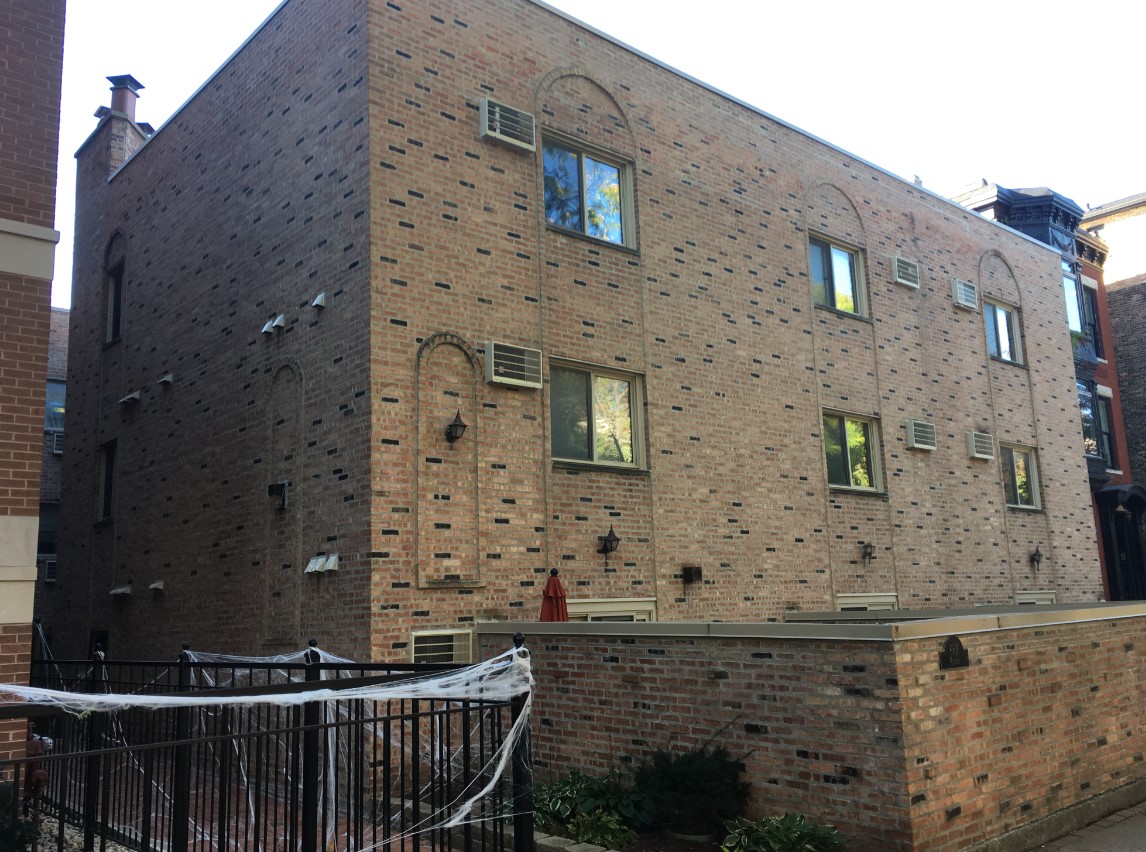Tenants of rent-stabilized apartments in New York City face a unique conundrum as summer approaches: the desire for cool air without the burden of increased rent. The installation of an air conditioning unit, while a seemingly simple solution to rising temperatures, can lead to a complex negotiation with landlords and potential rent hikes.
The Lease and the Law
Rent-stabilized tenants are often required to seek permission before making alterations, such as installing an AC unit. The lease agreement typically outlines the conditions and potential consequences of unauthorized modifications. Tenants who bypass this step risk lease violations and possible eviction notices, which can escalate to legal action if not remedied promptly.
The law provides landlords the right to ensure installations are safe and compliant, protecting both the property and the residents. Unauthorized installations not only pose safety risks but also legal liabilities for tenants, who may find themselves responsible for damages or injuries resulting from improper installation.

Financial Implications and Tenant Rights
The financial implications of installing an AC unit extend beyond the initial cost of the appliance and its installation. Landlords may impose a monthly surcharge for the use of an AC unit and increase rent to recover the costs associated with the purchase and installation of the unit. These increases are regulated by New York State Homes & Community Renewal and are capped at a fraction of the cost, depending on the size of the building.
Tenants have the right to negotiate these terms and seek clarity on potential rent increases before proceeding with the installation. Understanding the full financial impact, including any long-term increases to monthly rent, is crucial for tenants to make informed decisions.
Seeking Solutions and Staying Cool
For tenants, the decision to install an AC unit involves weighing the benefits of immediate comfort against the potential long-term costs. Seeking permission and adhering to the lease terms can prevent legal complications and foster a cooperative relationship with the landlord.
Exploring alternative cooling solutions, such as portable air conditioners or fans, may provide temporary relief without the need for permanent installations. Tenants can also advocate for building-wide improvements that address temperature control while remaining within the bounds of rent-stabilization regulations.








